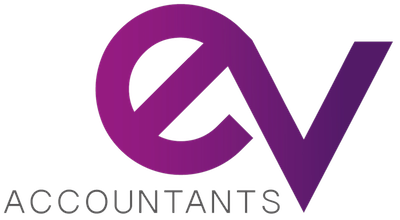Since auto-enrolment came into force in October 2012, the way workers save towards their pension has drastically changed.
Before this point, workplace pensions were seen as a privilege enjoyed by very few, mostly older workers. They're now the norm for most employees.
In fact, the number of employees automatically enrolled into a workplace pension in the UK passed 10 million for the first time in February 2019.
For employers, the scheme has brought in additional responsibilities:
- to enrol eligible employees in a scheme
- to make contributions at a minimum rate
- to make sure those contributions are made successfully through payroll each month.
The first contributions rise was safely navigated last year, and another is upon us.
From 6 April 2019, the minimum employer contribution to a workplace pension increases from 2% to 3%, and the combined employer-employee contribution rises from 5% to 8%.
What's changing?
If you employ workers who are between the age of 22 and state pension age, and earning more than £10,000 a year, you must automatically enrol them in a workplace pension scheme.
Both you and your employee are then required to make contributions to that scheme at a minimum percentage.
Since 2017, the minimum contributions rates have changed as follows:
| Year | Employee | Employer | Total |
| 2017/18 | 1% | 1% | 2% |
| 2018/19 | 3% | 2% | 5% |
| 2019/20 | 5% | 3% | 8% |
As an employer, you need to contribute at least 3% of the employee's qualifying earnings, but you could choose to pay more. The employee must then make up the rest of the contributions to 8%.
How is it calculated?
Minimum contributions are based on an employee's qualifying earnings.
This means that the first £6,136 of earnings in 2019/20 does not count for the purposes of auto-enrolment, and anything over £50,000 is also excluded.
For example, if an employee earns £40,000 their qualifying earnings in 2019/20 will be £33,864. In the case of somebody earning £20,000, only £13,864 of their earnings would be pensionable.
For 2019/20, the combined minimum contribution will be 8% of your employee's qualifying earnings - not their total salary.
Opting out and opting down
It is possible for employees to opt out of an auto-enrolment pension, but you are required to re-enrol staff every three years.
Newly-enrolled employees can also opt down to a lower contribution rate within the first six weeks of starting a new job.
They will no longer qualify for the scheme at this point, so you will not be bound to make minimum contributions towards their pension.
As an employer, you cannot encourage or pressure staff to opt out of auto-enrolment or reduce their contributions.
Workplace pensions for the self-employed
Around 4.8 million self-employed people in the UK were excluded from the introduction of auto-enrolment in October 2012, and the problem remains unsolved today.
The Government's latest strategy paper on the topic, released in December 2018, explored options to improve pension savings among the self-employed, having found that only 32% of sole traders in the UK regularly save towards their retirement.
These included using invoicing and accounting systems to enable automatic pension contributions, as well as the role Making Tax Digital could play.
Talk to us about payroll.

